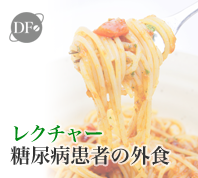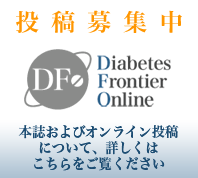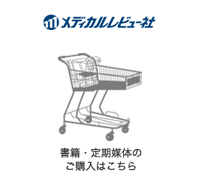皮膚自家蛍光値で測定したAGEs蓄積量の母子相関
Correlation between mothers’ and children’s accumulation levels of AGEs evaluated by skin autofluorescence
- 1) モリンダワールドワイドインク
- 2) 共立女子短期大学
- 3) 久留米大学医学部糖尿病性血管合併症病態・治療学
- 1) Morinda Worldwide, Inc.
- 2) Kyoritsu Women's Junior College
- 3) Department of Pathophysiology and Therapeutics of Diabetic Vascular Complications, Kurume University School of Medicine
執筆者連絡先
Author Contact
山岸 昌一
〒830-0011 久留米市旭町67
久留米大学医学部糖尿病性血管合併症病態・治療学
shoichi@med.kurume-u.ac.jp
Yamagishi Sho-ichi
Department of Pathophysiology and Therapeutics of Diabetic Vascular Complications,
Kurume University School of Medicine, Kurume 830-0011
shoichi@med.kurume-u.ac.jp
Diabetes Frontier Online 5, e1-004, 2018 http://doi.org/10.15634/J0100_0501_004
- 受付日
- 2018-06-06
- 受理日
- 2018-06-28
- 掲載日
- 2018-07-02
Diabetes Frontier Online 5, e1-004, 2018 http://doi.org/10.15634/J0100_0501_004
- Reception Date
- 2018-06-06
- Accept Date
- 2018-06-28
- Run Date
- 2018-07-02
要約
Abstract
終末糖化産物(AGEs)の蓄積は,老年疾患の発症,進展に関わることが知られている。AGEsは糖とたんぱく質が反応し形成されるため,血糖コントロールの悪い糖尿病患者では,内因的なAGEs形成が加速する。一方,AGEsは加熱,調理した食品を摂取することにより外因的にも体内に摂り込まれるため,日頃の食習慣の違いもAGEsの蓄積量に影響を及ぼしうる。これまでに,食・生活習慣の歪みが,皮膚自家蛍光(SAF)値で測定されるAGEs蓄積量に悪影響を与えることが明らかにされてきている。そこで今回,われわれは,子どもをもつ母親を一般住民から募り,同意を得た後,TruAgeスキャナーを用いて母子のSAF値を測定するとともに,母子の生活習慣(喫煙,就労の有無,運動,睡眠時間,朝食の回数/週,外食の回数/週,野菜を食べる回数/週,加工食品を食べる回数/週,おやつの回数/週,清涼飲料水を飲む回数/週など)についてアンケート調査を行った。その結果,母親のSAF値は年齢に伴い上昇することが見い出された(R2=0.11,p<0.005)。一方,0歳児のSAF値は低かったが(平均96.6 arbitrary unit,標準偏差2.9),子どもの年齢とSAF値との間には相関関係を認めなかった。母親のSAF値から推定される体内年齢(TruAge)から実年齢をさしひいた数値をΔAGEsとすると,母親において年齢,就労あり,睡眠時間(負に相関),外食の回数とΔAGEsとの間に有意な相関を単回帰分析で認めた。また,母親のΔAGEsが子どものSAF値の独立した規定因子となることが見い出された(R2=0.26,p<0.001)。以上のことから,食習慣を共有することの多い母子のAGEs量が相関することが示された。母親に対する食・生活習慣の指導と子どもに対する食育が,母子の健康維持に有用かもしれない。
There is a growing body of evidence that accumulation of advanced glycation end-products (AGEs) plays a role in the development and progression of various age-related disorders. While the formation and accumulation of AGEs has progressed under diabetic conditions, diet is also a major environmental source of AGEs in humans. Indeed, we, along with others, have previously shown that lifestyle habits could influence the accumulation levels of AGEs, evaluated by skin autofluorescence (SAF) in a general population. However, effects of mothers’ lifestyle habits on SAF in their children remain unknown. In this study, we addressed the issue. SAF was correlated with age in mothers (R2=0.11, p<0.005), but not children. When mothers’ ΔAGEs were defined by subtracting age from TruAge estimated by SAF, mothers’ ΔAGEs and current employment were associated with children’s SAF. Multiple regression stepwise analysis revealed that mothers’ ΔAGEs were a sole independent correlate with children’s SAF (R2=0.26, p<0.001). Given that mothers and their children could share nearly the same dietary habits, dietary education program may be important to prevent the accumulation of AGEs in both mothers and their children.
キーワード
- 終末糖化産物(AGEs)
- 皮膚自家蛍光値(SAF)
- 糖化
- 食育
- 母子相関




